
Above is a GR radar capture at 2:05. The microburst occurred in the circled area.
Sunday afternoon June 29, just after 2 p.m., a strong thunderstorm produced a wet microburst at the Blue Angels air show at the Huntsville, Alabama International Airport. Twelve people were injured and a five year old boy was killed as the storm overturned tents and equipment.
According to Tim Troutman, Warning Coordination Meteorologist with the National Weather Service Office in Huntsville, the winds with the storm were 48 miles per hour so no severe thunderstorm warning was issued. The automated ASOS instruments at the airport, a few hundred yards from the tragedy, recorded a peak wind gust of 48 miles per hour.
Troutman did indicate, however, that the NWS issued a significant weather alert for the area shortly before 2 p.m. and that their office contacted the Airport Authority about the coming storm. In response, the planes were grounded. Unfortunately, however, there was no place for the approximately 50,000 spectators to take shelter.
It sounds to me that the NWS and Airport Authority did everything they could have done at the time to promote safety. Unfortunately, in a situation like that, there is very little that can be done. Even though the storm did not meet severe criteria, a warning would not have helped because people still would not have had enough time to take shelter.
The only thing that could have been done differently would have been to cancel the show the day before due to the possibility of storms. North Alabama was under a slight risk of severe thunderstorms. Just the night before I met Keller Watts, meteorologist at Huntsville's WAAY TV and fellow weather enthusiast James Payton. We specifically discussed the possibility of wet microbursts.
The question is whether the public would understand a policy in which outdoor events without shelter were canceled based upon a forecast. I seriously doubt it. I think most people would say that they do not want to live their lives in fear and would not want events canceled every time a slight risk was issued by the Storm Prediction Center. We put our lives at risk every time we get behind the wheel of a car. Sadly, we cannot prevent every accident and tragedy from occurring.
Nevertheless, I think this event should cause the public and especially the weather community to think about what can be done to improve the warning process and preparedness. Saving lives is not the exclusive job of the weather service. It should be a partnership between the NWS, media, and most importantly the public. We as individuals must take responsibility to keep ourselves aware of the weather and its dangers.
Video
What others are saying:
"Airport officials said they only had about an eight to nine minute warning before the microburst hit. That's when the NWS officials noticed cloud-to-ground lightning. By the time an announcement came over the public address system, spectators had little to no time to seek shelter." - WAAY TV 31
"Fifteen minutes before the microburst hit, a call came from Air Traffic Control reporting a rain storm ten miles West of Huntsville. Then finally, five minutes before the storm hit, the National Weather Service issued a forecast that suspended the show. Did they have enough warning? "No, the first time we had any indication there was any lighting with this storm was approximately five minutes before that wind gust hit and by then they had already shut down the airport," said Mike Coyne, Meteorlogist with National Weather Service. "We had already briefed them that a storm was moving into the area." WHNT TV 19
"It was developing into a strong thunderstorm, but it never did reach severe thunderstorm level," he said. "The peak gust was 10 mph under" what the weather service qualifies as severe-level winds. Timeline of the storm 1:45 p.m. - The National Weather Service notified the Madison County Emergency Management Agency that a storm had developed east of Decatur and was intensifying. The storm was moving east at 30 mph. 1:55 p.m. - The weather service issued a short-term forecast that strong gusty winds and brief, heavy rainfall were heading toward the airport. 2:05 p.m. - The thunderstorm hit the airport, registering a peak gust of 48 mph." - Huntsville Times interview with WCM Tim Troutman
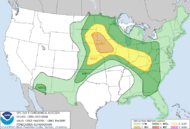
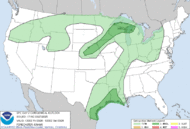
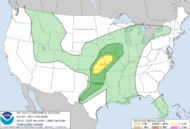
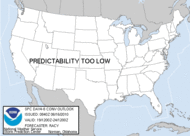
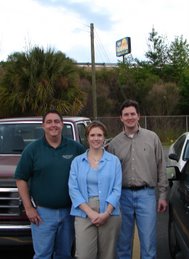
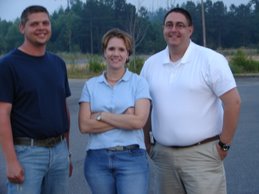
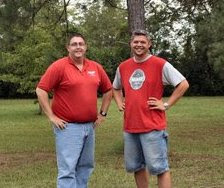
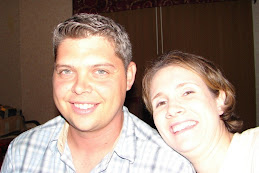

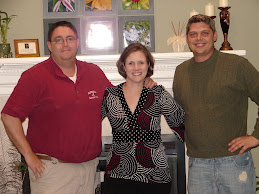

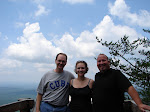

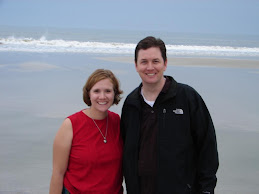

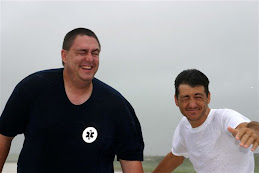
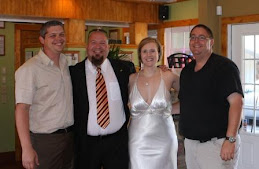



11 comments:
I think they could have perhaps evacuated people to their cars when it was clear that a thunderstorm was headed their way.
That is a good point since it was not tornadic. That would have protected them from lightning as well. I am not sure if they had time.
So sad, terribly unfortunate. I can't imagine.
My understanding is that most people were parked so far away there wouldn't have been nearly enough time for everyone to get to their cars. Really just a very unfortunately incident that happened at the wrong place and the wrong time.
-Daniel
Daniel, That was the impression I got too. I sure hope that seven year old boy in the hospital survives and gets better. Thanks for your input.
The no warning call was no doubt the right call...but think about this...
Brad Huffines & I were discussing the other day what might have happened if a severe thnderstorm warning were to be issued & announced. Most people probably takes cover at the tents...& thus we might have had even more injuries.
Really was a no-win situation all the way around.
J.P.
I'm not sure they didn't make the right call. How do you cancel an air show based on what 'might' happen. Even with all of our technology, we miss it....I'm sickened about the little boy losing his life, but we cannot (as one other poster said) live in and focus upon fear. Tough call......
Thanks, friends for your thoughts.
Bottom line is that it was a tragic accident. Sometimes these things are going to happen in an imperfect world. Yet, I appreciate the fact that so many are looking at ways to improve the warning and preparedness process. Great comments, all!
I went to the last one they held a few years ago. Daniel is correct, the parking is so spread out and the crowd so dense that depending on where you stand and where you parked it could take 10-15 minutes with small kids. It could all be over by the time someone got to their car. And you could have a stampede of tens of thousands of people.
I was going to attend that particular afternoon but opted against it, partially due to the chance of severe weather. My wife was - obviously - relieved I didn't go. I had already seen the Blue Angels (that's definitely a "bucket list" event for those of you who haven't) so it wasn't a major loss. But we were very sorry about what happened to those who were there.
One thing I neglected to mention: As for pre-empting the show based on forecast data alone, that would be ill-advised. Even in this case, on Friday night the forecast was actually better for Sunday than it was for Saturday. That's why I put off going until Sunday. But Saturday's show went off without a hitch. On Saturday night the models said precip should clear out before 11 am on Sunday - but it hung around till late afternoon and the microburst occurred at 2 pm. Forecasting isn't fortune-telling and people need to realize that.
I agree that it would not have been good to preempt the show based on a forecast.
Post a Comment